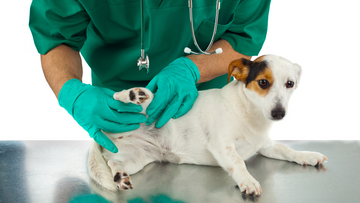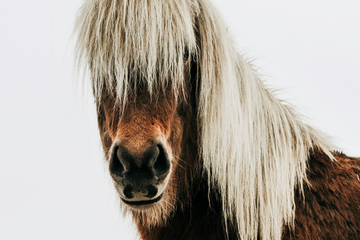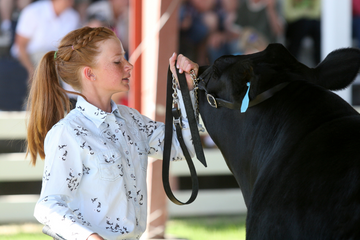
It is one of the most beautiful times of year (believe it or not)! It is foaling season. Most breeders try to get their mares to foal out in the first few months of the New Year. If you are new to the breeding and foaling world, you may not be familiar with the foaling process. There are certain things to watch for with the mares in order to predict the foal’s arrival.
- Distended udders – Distended udders is one of the very first signs of foaling. During the last month of pregnancy, the mare’s udders will usually enlarge.
- Filling of the teats – As the udders enlarge, the teat will begin to stretch and will distinguish itself from the rest of the udder.
- Relaxation of the pelvic muscles – About three weeks prior to foaling, a distinctive change in the mare’s pelvic area can be seen. A hollow develops on either side of the tail and the muscles of the hip and buttock will begin to relax.
- Wax – About 12-36 hours before foaling, the mare’s teats will have wax-like beads on them. These are drops of colostrum. However, this sometimes fails to occur in some mares
- Milk droplets – Like waxing, droplets of milk may also occur when a mare is getting close to giving birth. This can happen several days prior to foaling.
- Restlessness – In the last few weeks of gestation, a mare can become somewhat cranky and restless. She will pace in her pasture or stall, swish her tail, look at her sides, and may even kick at her abdomen. These are also signs of colic but if the mare is still eating, drinking, urinating and defecating then they are just labor signs.
- Sweating – As the mare is about to begin labor, she will often break into a sweat. The sweat can mainly be seen on the mare’s flanks and neck. She may also be damp to the touch from a general sweat all over the body.
If you have not had a chance to see a foal being born, I encourage you to do so! It is an amazing experience. And who knows, you may even be able to recognize some foaling signs!
For more information on foal prediction,
HERE.
 It is one of the most beautiful times of year (believe it or not)! It is foaling season. Most breeders try to get their mares to foal out in the first few months of the New Year. If you are new to the breeding and foaling world, you may not be familiar with the foaling process. There are certain things to watch for with the mares in order to predict the foal’s arrival.
It is one of the most beautiful times of year (believe it or not)! It is foaling season. Most breeders try to get their mares to foal out in the first few months of the New Year. If you are new to the breeding and foaling world, you may not be familiar with the foaling process. There are certain things to watch for with the mares in order to predict the foal’s arrival.






















